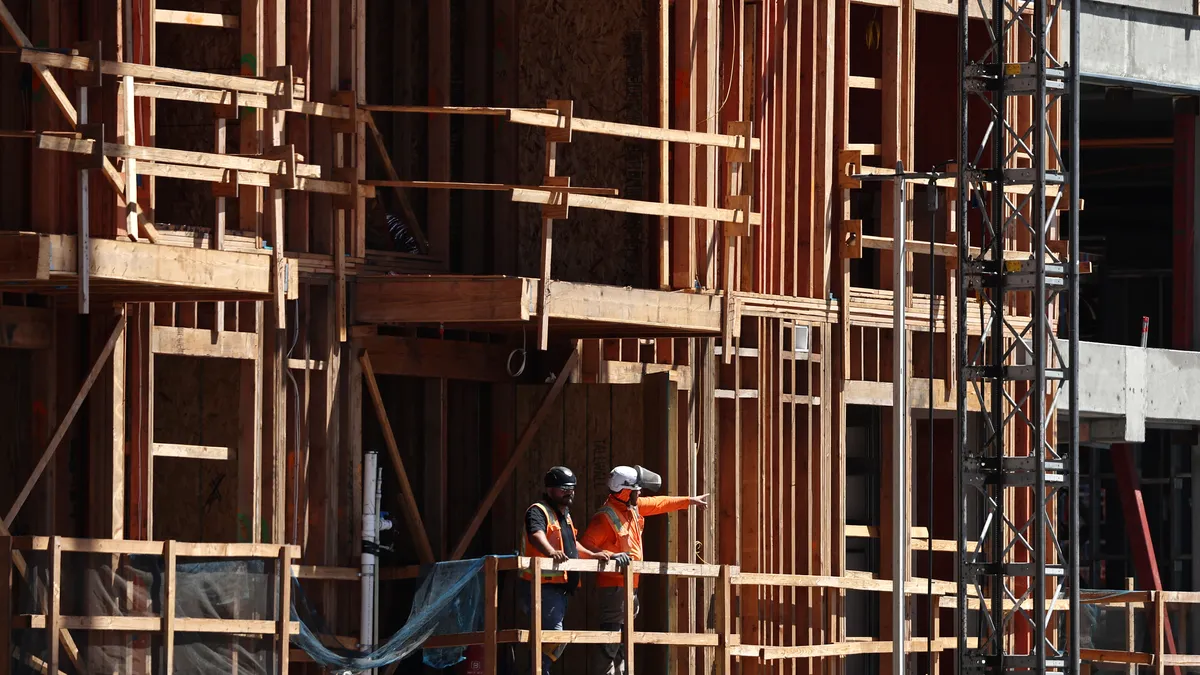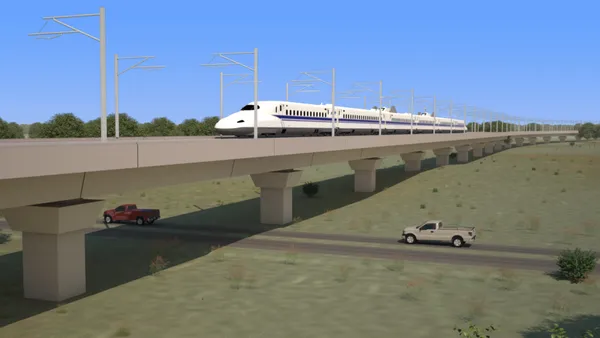Dive Brief:
- On-demand mobility company Via expanded its microtransit service throughout the entire city of Chicago, nearly doubling its operating zone. The company will offer flat-rate trips for $2.50 to get to and from Chicago Transit Authority (CTA) and commuter rail stops.
- Passengers will enter their origination and termination points and an algorithm chooses a route enabling multiple passengers to share the same vehicle. Rides eligible for the $2.50 fare must be booked as shared rides, consist of a two-mile trip or less and originate or terminate at one of the 65 transit stops in the expansion zone.
- The new coverage area includes parts of the city less served by traditional transit.
Dive Insight:
Chicago is widely considered to have one of the most extensive and well-used transit systems in the United States. The CTA was heralded by The New York Times last fall for making investments to upgrade the century-old system to increase reliability and safety.
The upgrades have continued in a variety of forms, including a $5 million investment in the city's two most-ridden bus lines. Last year, the CTA also launched a $33 million safety improvement initiative that involves upgrading and adding security cameras, lighting and video monitors throughout the system.
But like many transit agencies, the CTA has the highest volume of service concentrated in the city center and surrounding neighborhoods. Service — especially for rail — has huge gaps and barely exists toward the outer edges of the city. That's troubling to transportation advocates because a number of the service gaps exist in low-income neighborhoods that some view as generally underserved by government services. The CTA is trying to improve that, though, with the rail expansion of the Red Line farther into underserved South Side neighborhoods.
In an effort to fill some of the traditional transit gaps, the city has launched some newer mobility initiatives. It announced a $50 million bike-share program expansion that would especially target underserved neighborhoods, in addition to expanding the discounted rides program for low-income individuals. The city held a dockless bike pilot last year exclusively in underserved South Side neighborhoods. It launched a four-month e-scooter pilot in June in South and West Side neighborhoods that have less access to transit than the downtown and North Side neighborhoods.
Privately-operated microtransit services could prove to be another viable first mile/last mile solution as they expand into some of these same neighborhoods. Via indicates it is also working on autonomous vehicle deployments but has not released operating specifics or anticipated markets.











